Details of the Target
General Information of Target
| Target ID | LDTP02557 | |||||
|---|---|---|---|---|---|---|
| Target Name | Ras-related protein Ral-A (RALA) | |||||
| Gene Name | RALA | |||||
| Gene ID | 5898 | |||||
| Synonyms |
RAL; Ras-related protein Ral-A; EC 3.6.5.2 |
|||||
| 3D Structure | ||||||
| Sequence |
MAANKPKGQNSLALHKVIMVGSGGVGKSALTLQFMYDEFVEDYEPTKADSYRKKVVLDGE
EVQIDILDTAGQEDYAAIRDNYFRSGEGFLCVFSITEMESFAATADFREQILRVKEDENV PFLLVGNKSDLEDKRQVSVEEAKNRAEQWNVNYVETSAKTRANVDKVFFDLMREIRARKM EDSKEKNGKKKRKSLAKRIRERCCIL |
|||||
| Target Bioclass |
Enzyme
|
|||||
| Family |
Small GTPase superfamily, Ras family
|
|||||
| Subcellular location |
Cell membrane
|
|||||
| Function |
Multifunctional GTPase involved in a variety of cellular processes including gene expression, cell migration, cell proliferation, oncogenic transformation and membrane trafficking. Accomplishes its multiple functions by interacting with distinct downstream effectors. Acts as a GTP sensor for GTP-dependent exocytosis of dense core vesicles. The RALA-exocyst complex regulates integrin-dependent membrane raft exocytosis and growth signaling. Key regulator of LPAR1 signaling and competes with GRK2 for binding to LPAR1 thus affecting the signaling properties of the receptor. Required for anchorage-independent proliferation of transformed cells. During mitosis, supports the stabilization and elongation of the intracellular bridge between dividing cells. Cooperates with EXOC2 to recruit other components of the exocyst to the early midbody. During mitosis, also controls mitochondrial fission by recruiting to the mitochondrion RALBP1, which mediates the phosphorylation and activation of DNM1L by the mitotic kinase cyclin B-CDK1.
|
|||||
| Uniprot ID | ||||||
| Ensemble ID | ||||||
| HGNC ID | ||||||
| ChEMBL ID | ||||||
Probe(s) Labeling This Target
ABPP Probe
| Probe name | Structure | Binding Site(Ratio) | Interaction ID | Ref | |
|---|---|---|---|---|---|
|
m-APA Probe Info |
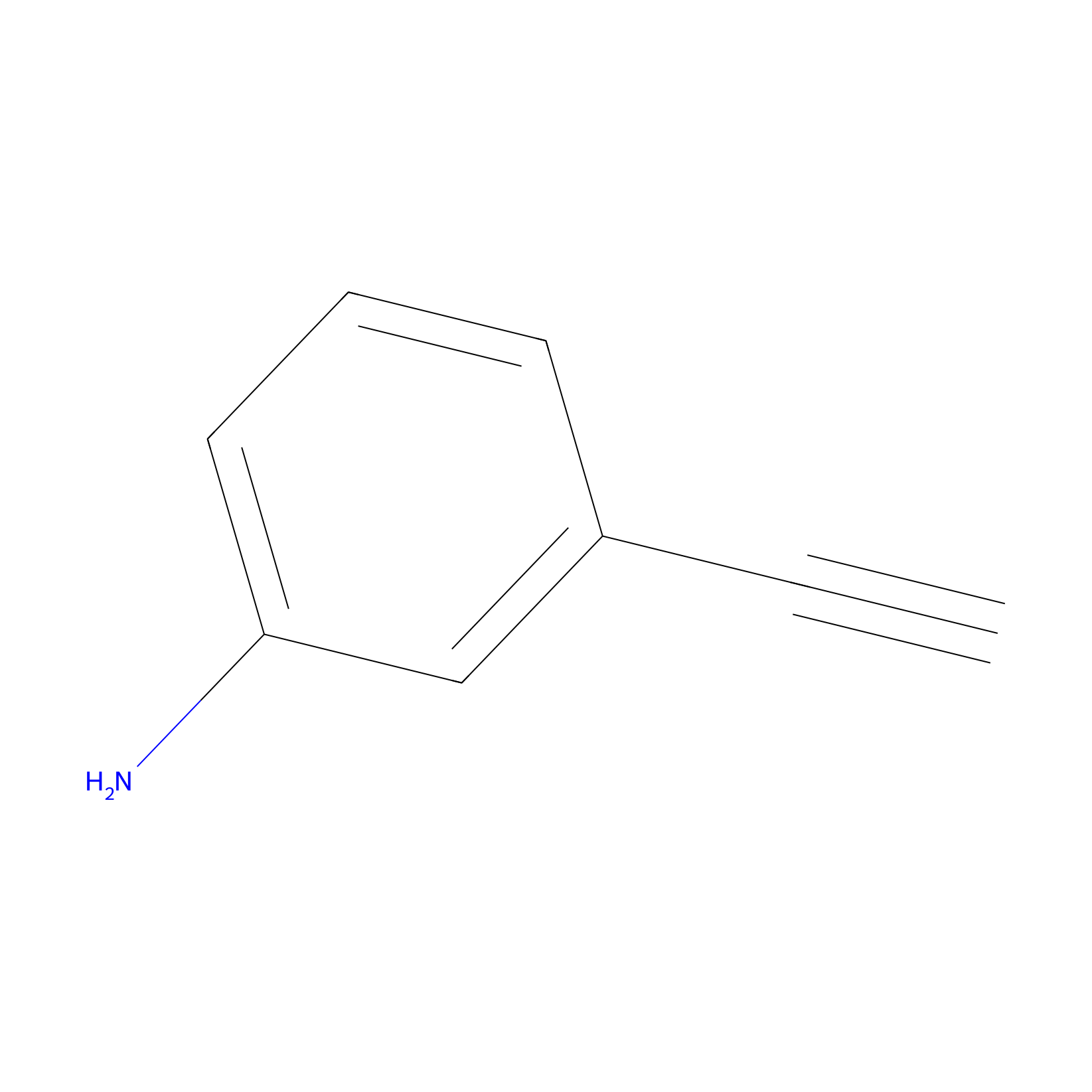 |
7.83 | LDD0402 | [1] | |
|
AZ-9 Probe Info |
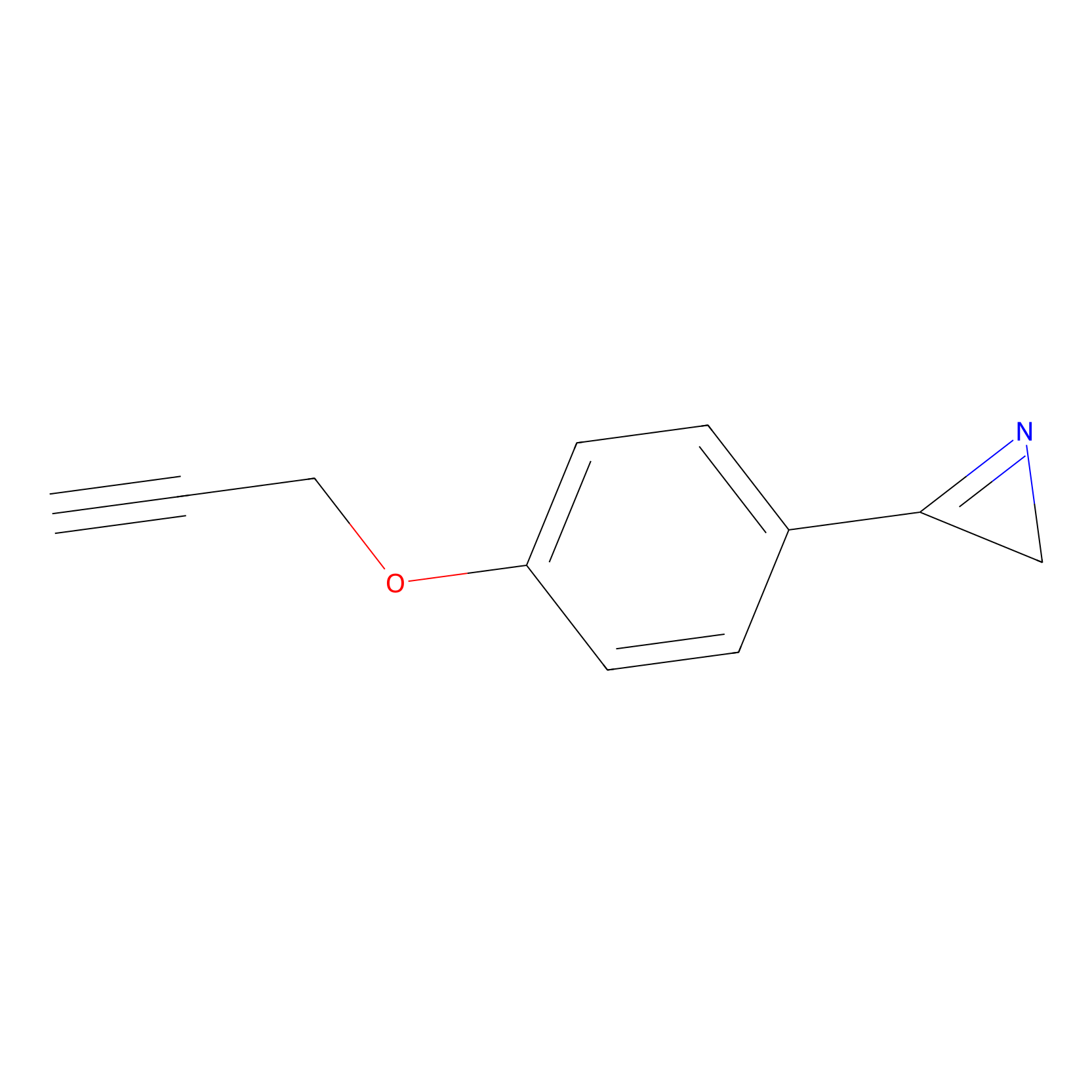 |
7.09 | LDD0393 | [2] | |
|
FBPP2 Probe Info |
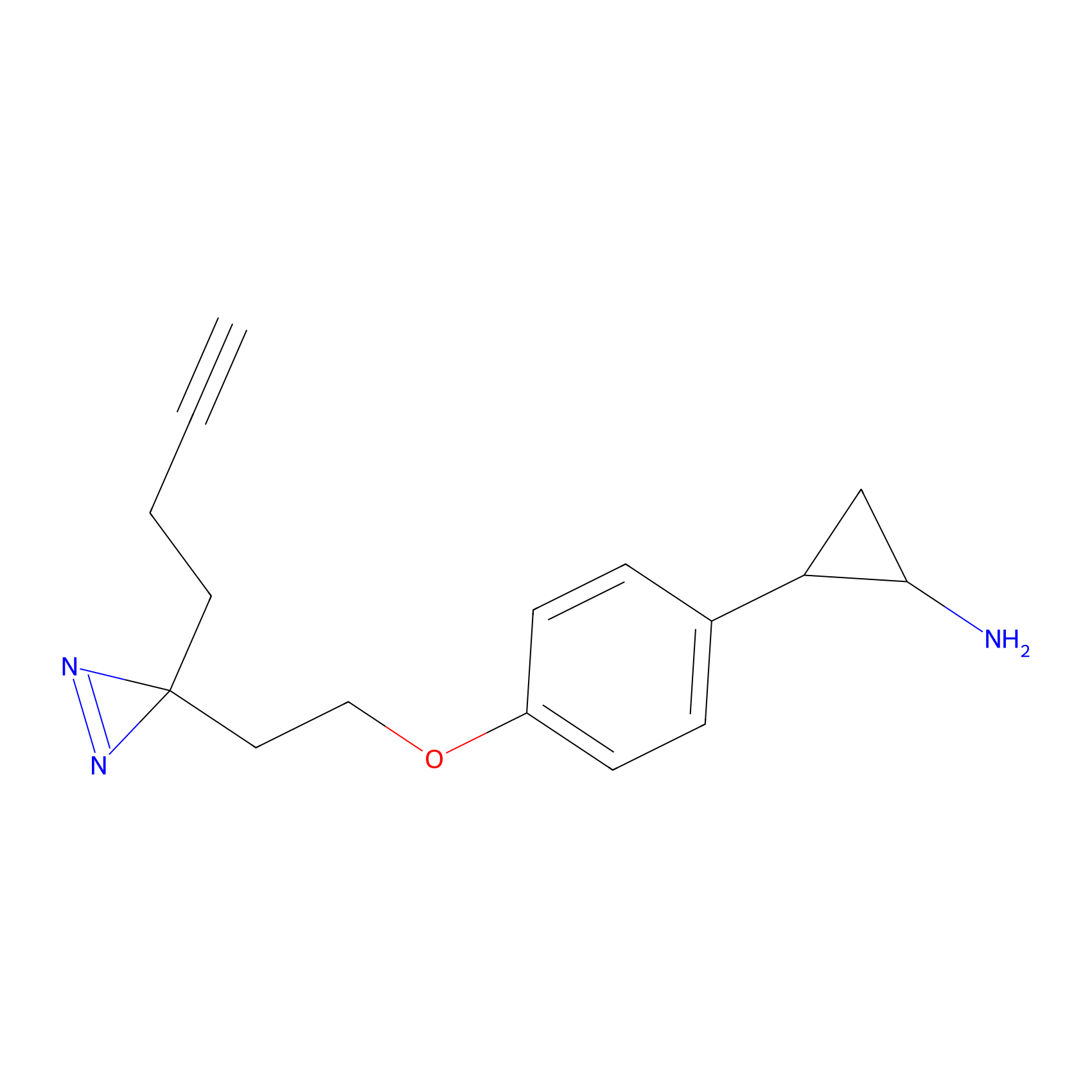 |
2.94 | LDD0318 | [3] | |
|
STPyne Probe Info |
 |
K115(9.09); K143(7.31) | LDD0277 | [4] | |
|
OPA-S-S-alkyne Probe Info |
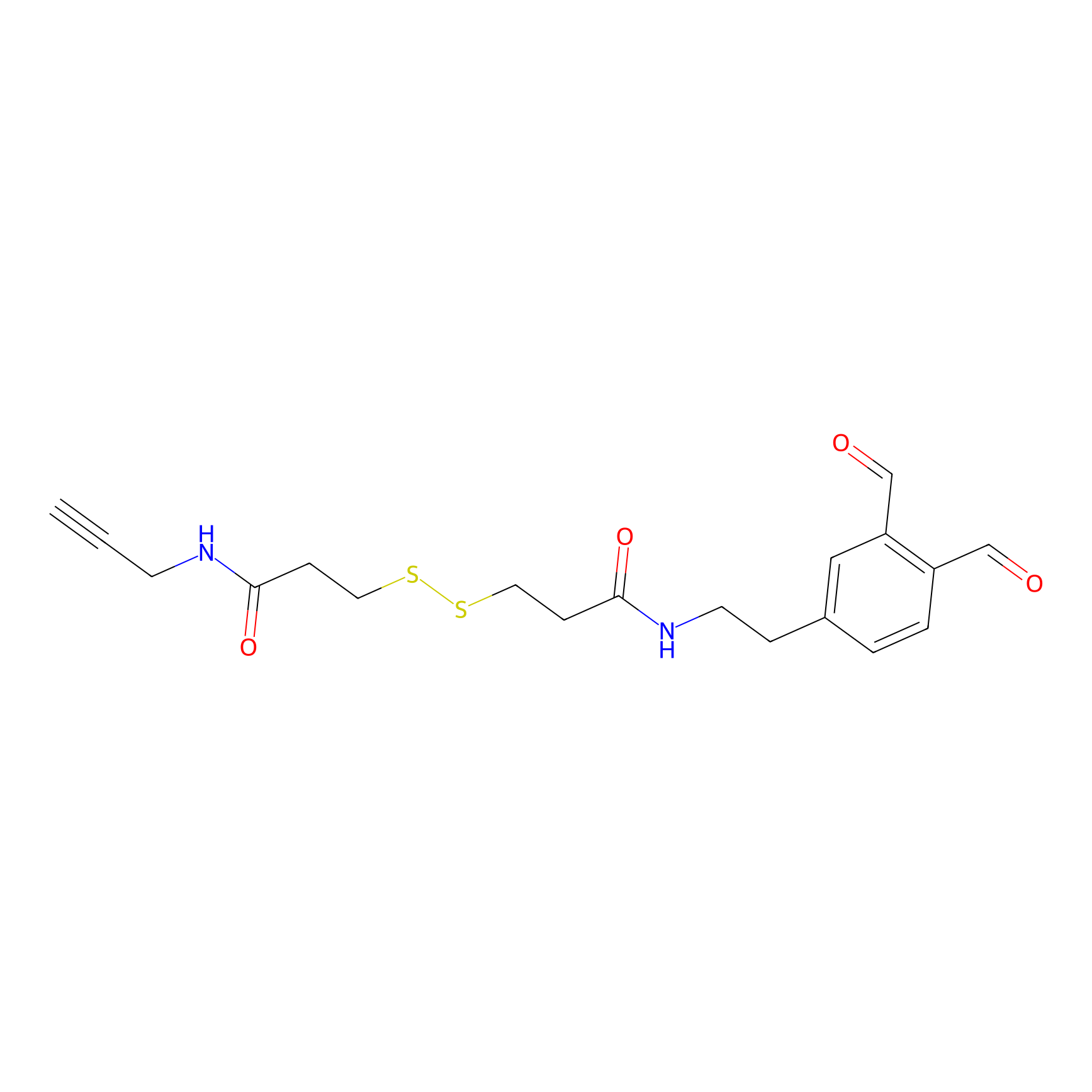 |
K159(0.89); K143(2.44) | LDD3494 | [5] | |
|
Probe 1 Probe Info |
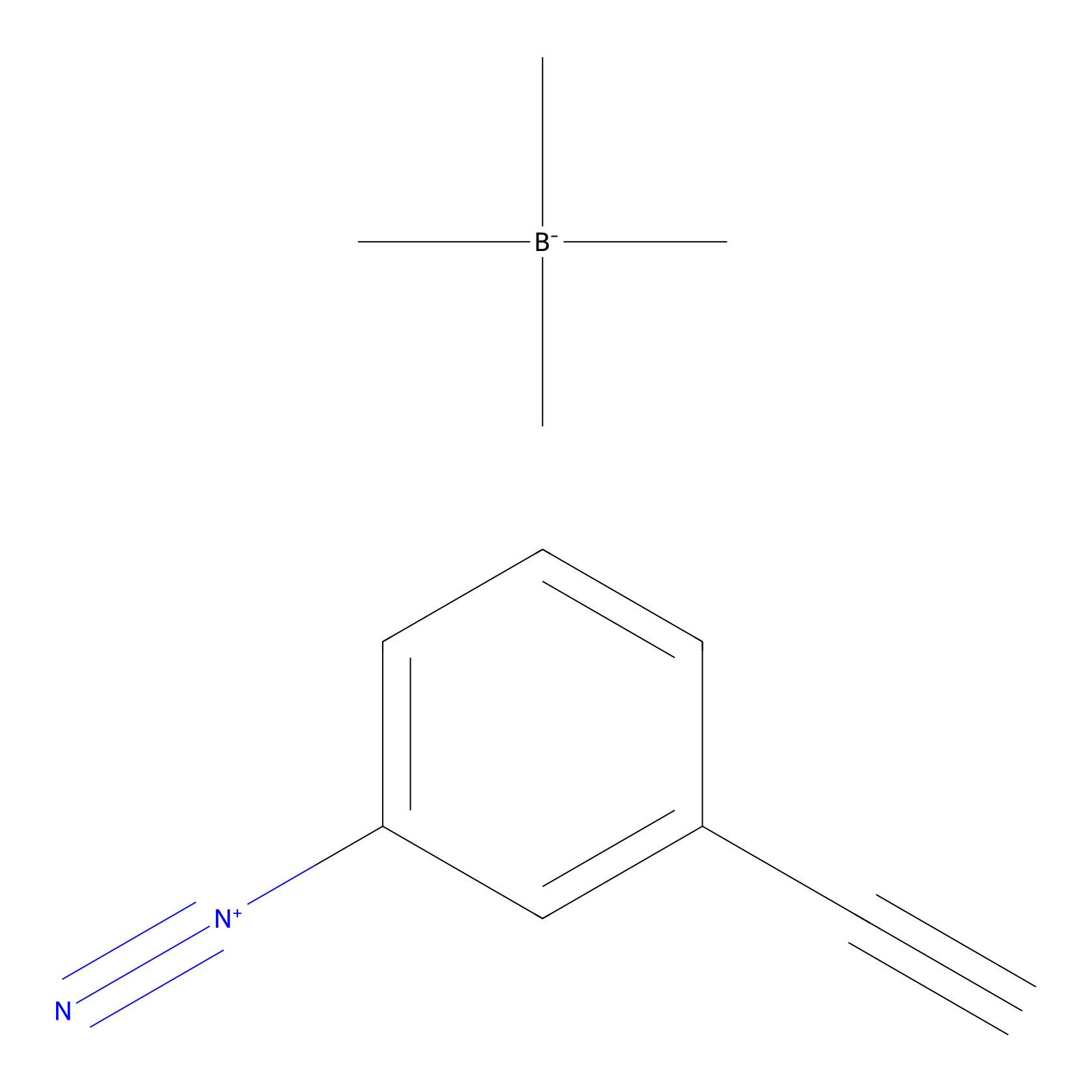 |
Y75(8.54) | LDD3495 | [6] | |
|
Jackson_14 Probe Info |
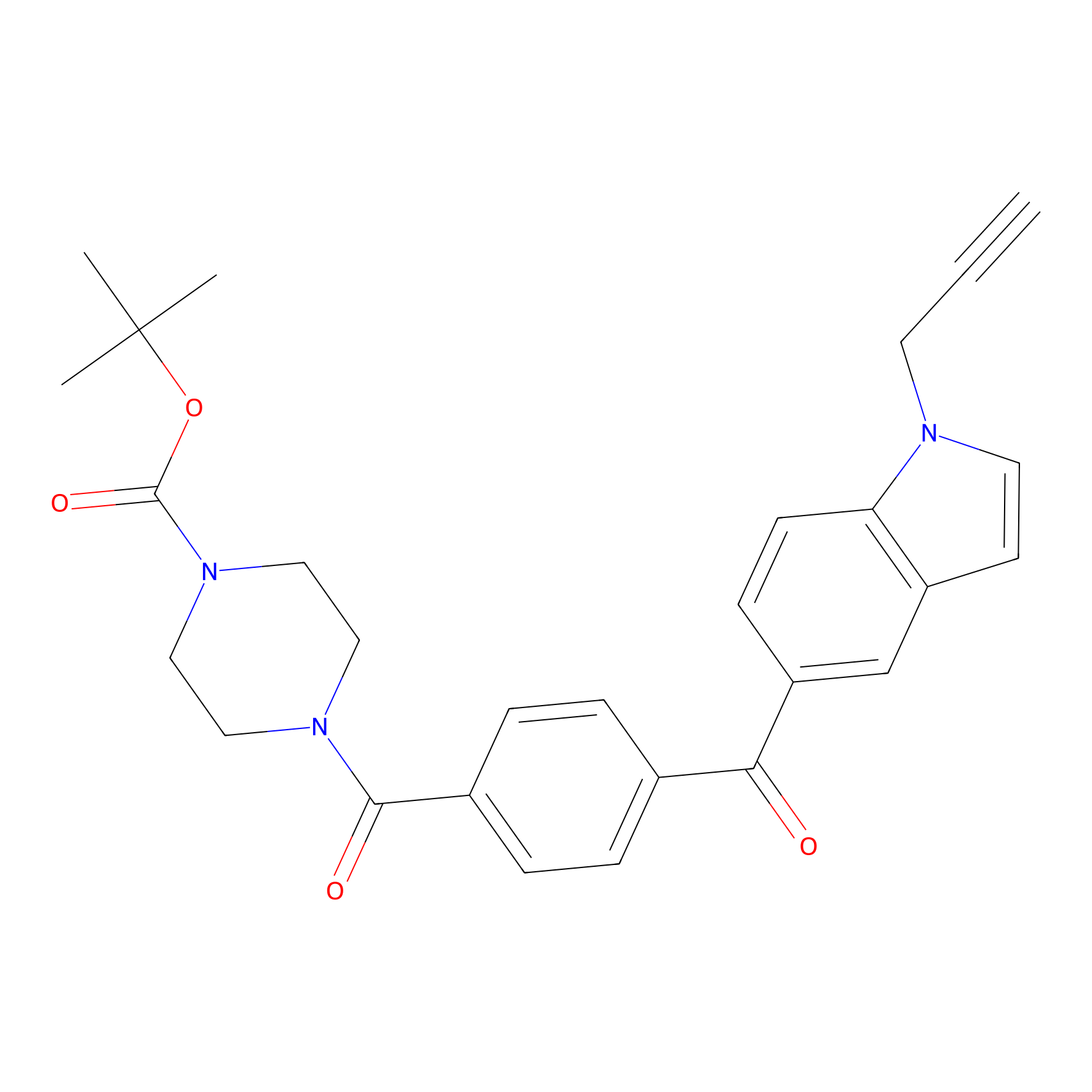 |
2.44 | LDD0123 | [7] | |
|
AOyne Probe Info |
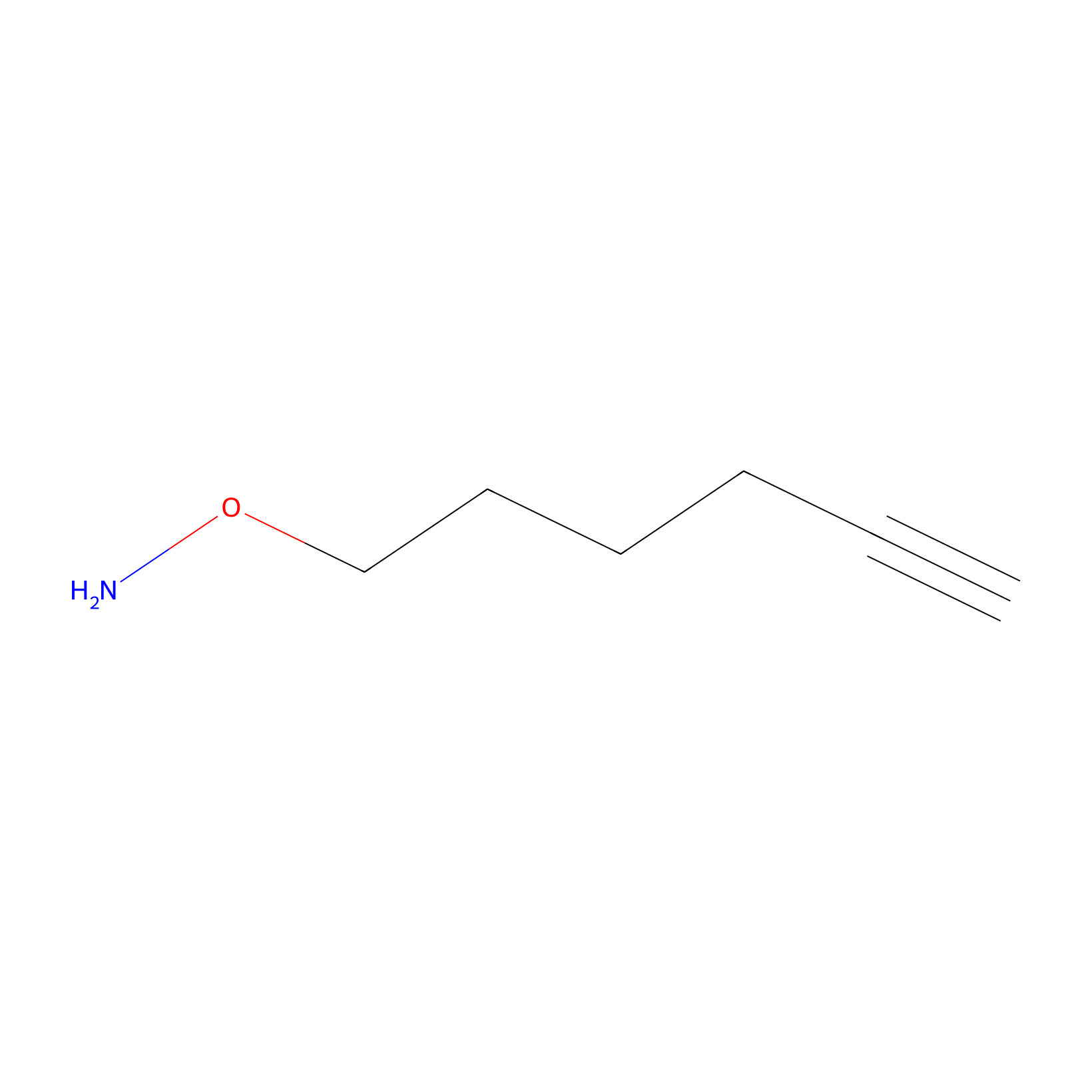 |
10.10 | LDD0443 | [8] | |
|
MPP-AC Probe Info |
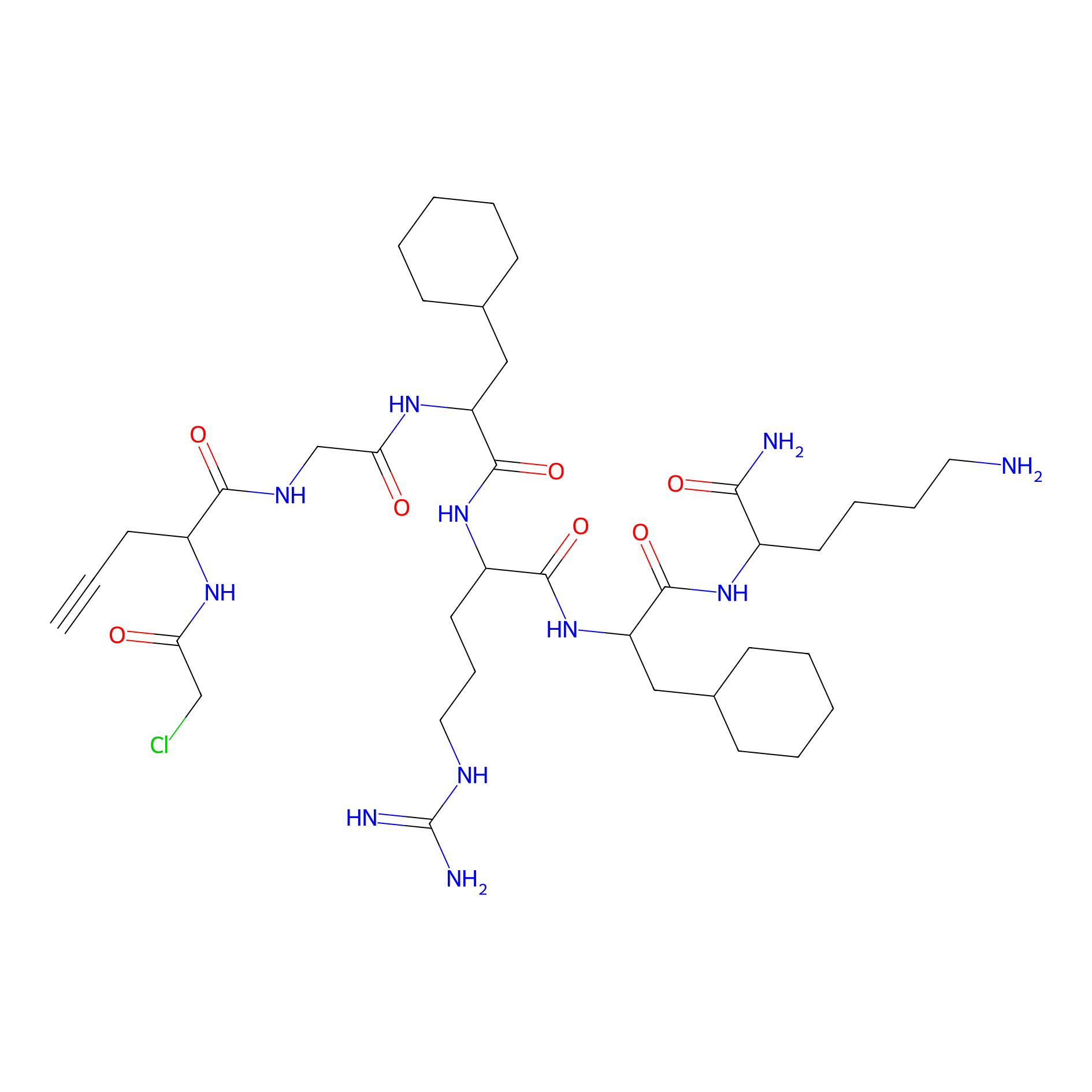 |
N.A. | LDD0428 | [9] | |
|
TER-AC Probe Info |
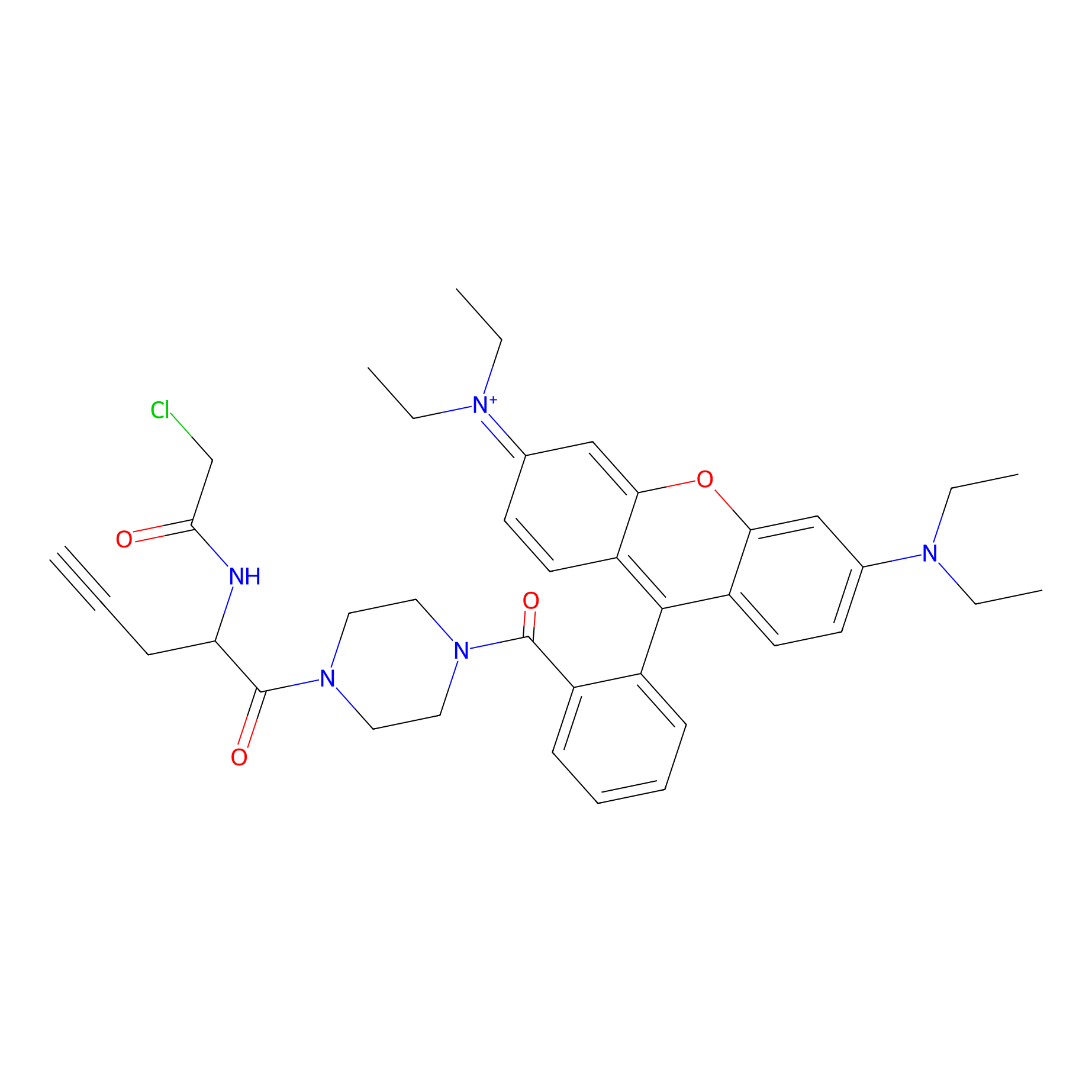 |
N.A. | LDD0426 | [9] | |
PAL-AfBPP Probe
| Probe name | Structure | Binding Site(Ratio) | Interaction ID | Ref | |
|---|---|---|---|---|---|
|
C108 Probe Info |
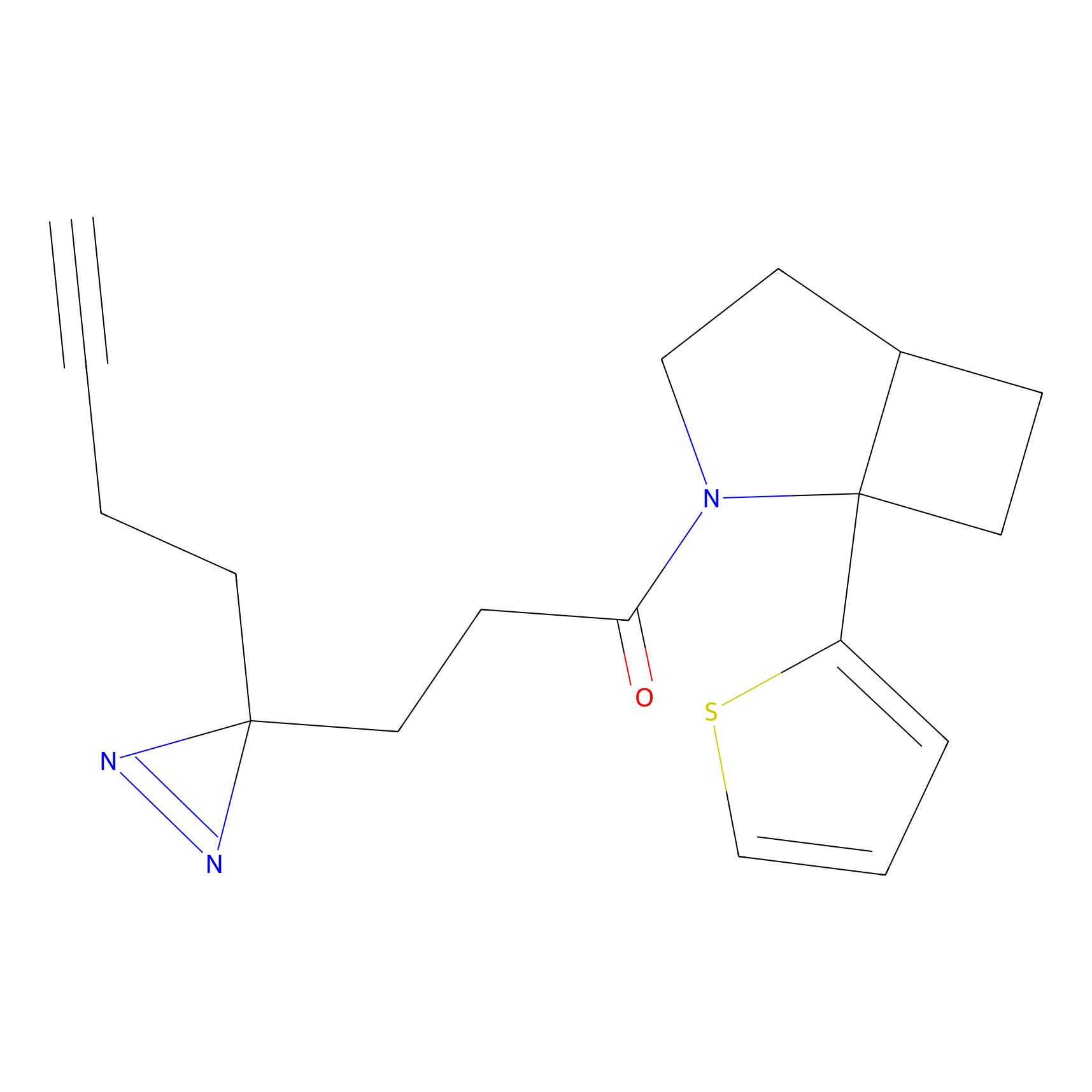 |
12.13 | LDD1795 | [10] | |
|
C310 Probe Info |
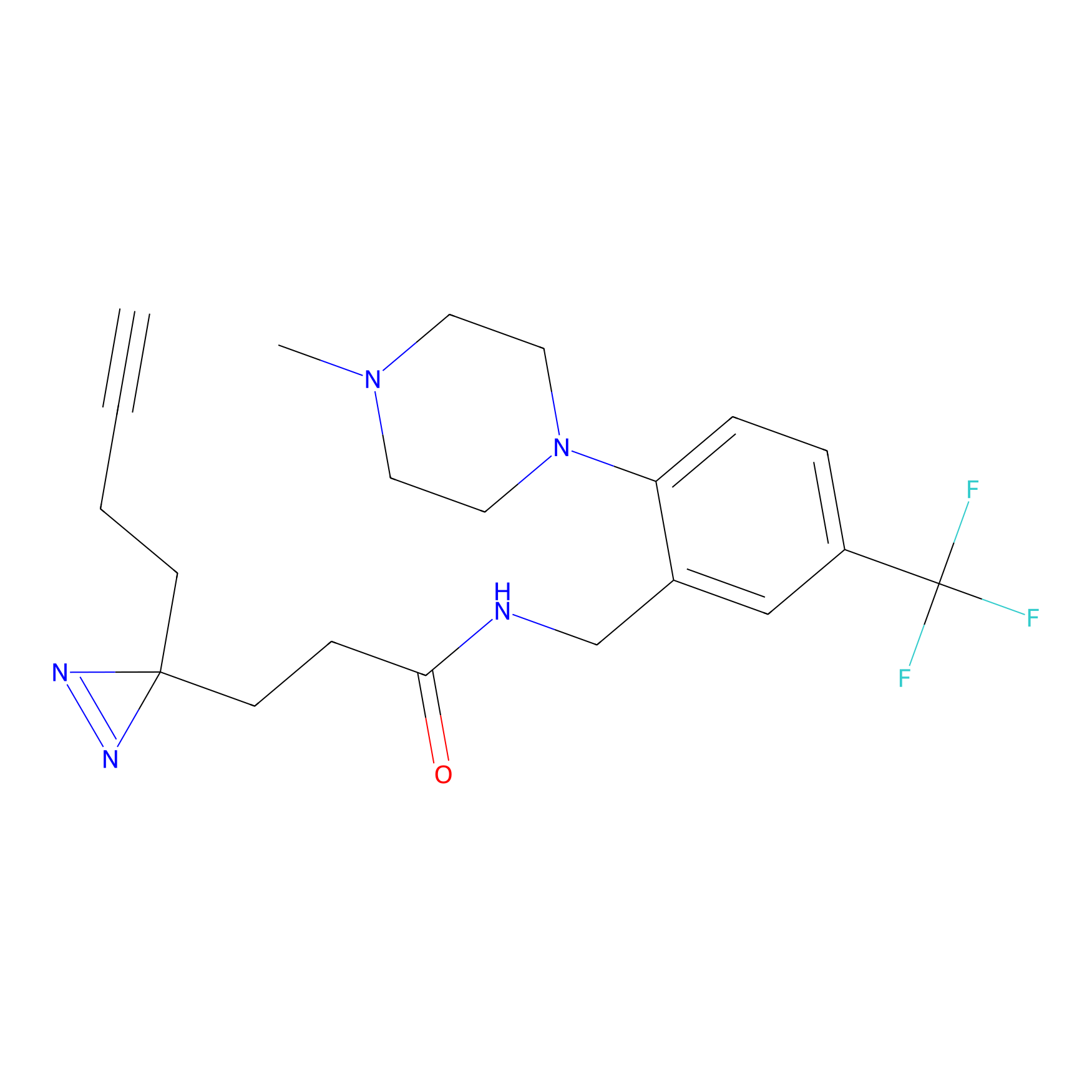 |
11.31 | LDD1977 | [10] | |
|
FFF probe11 Probe Info |
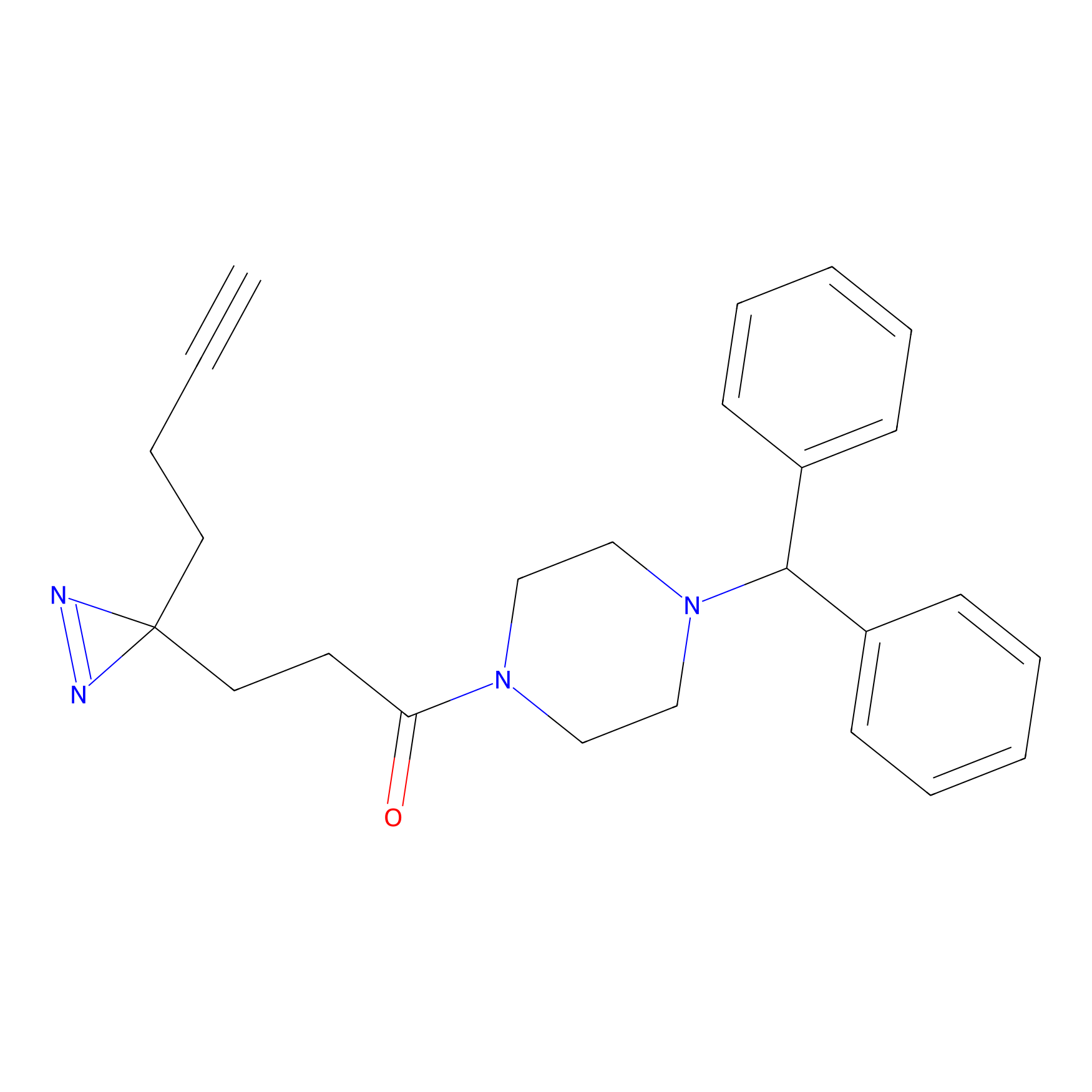 |
8.31 | LDD0472 | [11] | |
|
FFF probe3 Probe Info |
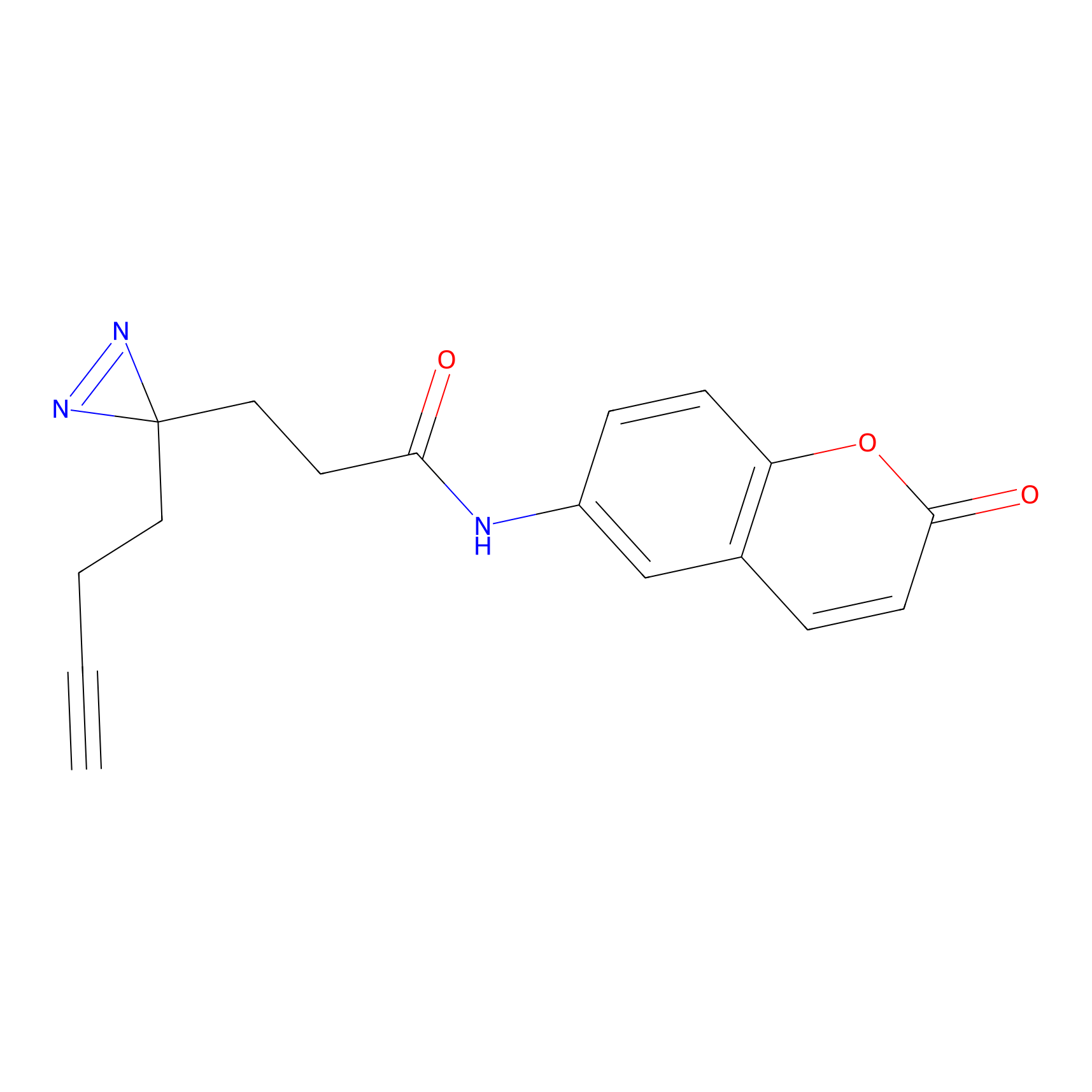 |
16.94 | LDD0464 | [11] | |
Competitor(s) Related to This Target
The Interaction Atlas With This Target
References
